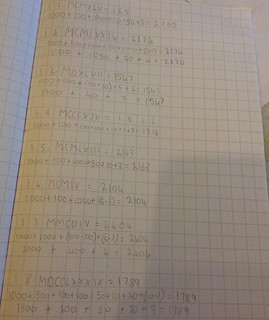I need to diff some XML files.
For these particular XML files, order is not important. The XML is being used to contain a set of things, not a list – the order of the elements has no significance. Similarly, the order of the attributes within each element isn’t significant.
For example, for my purposes, these two XML files are equivalent:
<myroot>
<mychild id="123">
<fruit>apple</fruit>
<test hello="world" brackets="angled" question="answers"/>
<comment>This is a comment</comment>
</mychild>
<mychild id="456">
<fruit>banana</fruit>
</mychild>
<mychild id="789">
<fruit>orange</fruit>
<test brackets="round" hello="greeting">
<number>111</number>
</test>
<dates>
<modified>123</modified>
<created>253</created>
<accessed>44</accessed>
</dates>
</mychild>
</myroot>
<myroot>
<mychild id="789">
<fruit>orange</fruit>
<test hello="greeting" brackets="round">
<number>111</number>
</test>
<dates>
<accessed>44</accessed>
<modified>123</modified>
<created>253</created>
</dates>
</mychild>
<mychild id="123">
<test question="answers" hello="world" brackets="angled"/>
<comment>This is a comment</comment>
<fruit>apple</fruit>
</mychild>
<mychild id="456">
<fruit>banana</fruit>
</mychild>
</myroot>
I needed to compare some large XML files, which have big differences in the order of elements, and I couldn’t find a tool that would do the job. So I wrote a bit of Python to do it for me.
(more…)



